No products in the cart.
Not every part of a web page will be visible immediately, especially for websites that require a lot of scrolling. Anything that is not visible immediately can be loaded as required, or as the visitor scrolls down to the sections that are not visible. This can give you extra untapped time to finish loading your web pages, increasing your website speed. This is what is known as the prioritization of visible content.

Prioritizing visible content can also mean allowing all visible content to load before any complex scripts or calculations need to run. This can often mean re-structuring the code on your website to prioritize the most important parts first and moving any JavaScript scripts to the end of your HTML document.
How your website is developed and the platform it is built on will determine how you can implement this. If you are running a WordPress website, the WP Fastest Cache and W3 Total Cache plugins mentioned above can help you optimize this area.
6. Reduce HTTP requests
When your browser loads a website, it sends requests (as mentioned in section 1: Reduce server response time) asking for bits of information. The more information (content, images, and functionality) that your website has, the more requests your browser will need to make to download all of the information.
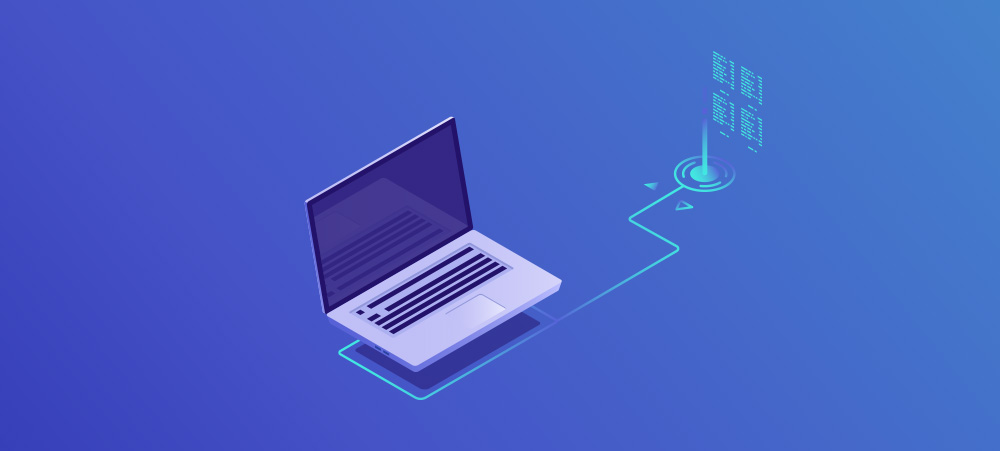
Backtracking to our example of the web page with 100 images, if a visitor wanted to view this page then their browser would have to make at least 100 requests to the webserver to download all of the images. That is a lot of back and forth communication!
The more HTTP requests that your web page makes, the slower it will load as it will require more time to make these requests. To optimize the number of requests that your web pages are making, you should only include information that is necessary for each page to be loaded. Caching your website, as mentioned in section 4, can make a significant difference to the website speed as the number of required web files gets reduced during this process.
7. Content delivery networks (CDN’s)
Content delivery networks (CDN’s) are another great way of increasing your website speed. A CDN will keep cached copies of your website content and files on fast servers located all around the world. When your website is visited, the CDN will know where that visitor is located and it will load your website data from the closest server to the visitor’s location. This in turn saves time! Utilizing a CDN will also help reduce server response time.

If you would like a full overview of what a CDN is and what it can do, KeyCDN provides a great article.
8. Avoid redirects
Website 301 redirects decrease website speed. They should be avoided whenever possible. A redirection will create more requests and more round trips that a visitor’s browser will need to do to access the data that it needs to display a website.
9. Use HTTP/2
Don’t worry, we will spare the technical details with this one since you have made it this far! Essentially, HTTP/2 is the future of loading websites. Like we have mentioned previously, internet browsers currently have to load pages by making information requests to a web server (If you are confused about this, go back and read section 1 and section 6). With HTTP/1 (the current way), requests have to be sent one at a time and new requests cannot be started until the last request has been completed. With HTTP/2, multiple requests can be sent and received at the same time!
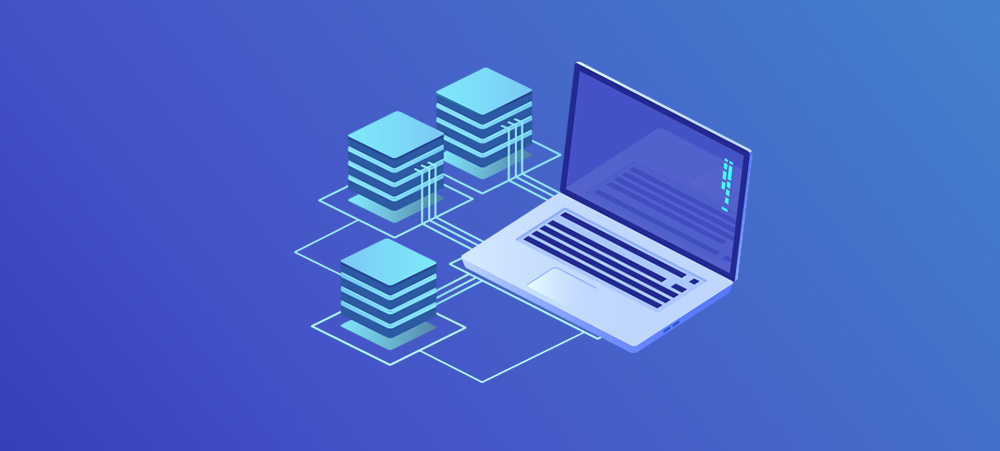
So if you had two web pages each containing 100 images but one was using HTTP/1 and the other HTTP/2, the HTTP/1 web page would have to slowly ask for each image to be downloaded one at a time. The HTTP/2 web page, however, would already be finished loading well before the HTTP/1 page because it would be able to download all 100 images at once. HTTP/2 is just cooler. And faster!
To use HTTP/2, all you need to do is ensure that:
- You have an SSL certificate installed on your website
- Your web server or website host supports HTTP/2
For something that sounds so technical, it is the easiest optimization to implement. To read more about SSL certificates, read our post on why you need an SSL certificate in 2018.
10. Staying up-to-date
It is important to keep your website and the server that it runs on up-to-date. Updates to your website server can often bring performance increases. A simple example of this is upgrading the version of PHP on your server.
If your web hosting server is not running PHP version 7 or above, you could be missing out on a potential 64% performance improvement! Simply asking the question can result in a significant optimization.

If your website uses a CMS (Content Management System) such as WordPress, keeping that system up-to-date can also bring performance increases. It can also eliminate older bugs and glitches that could be slowing down your website without you knowing.
This also goes for any plugins or additional functionality installed on your website. It is often best practice to perform a website update audit every 6 months to ensure that your website does not fall too far behind in the ever-changing online world.
Hopefully, you’ve found an answer to the question “How fast should my website load?” And hopefully, you’ve also found some easy solutions to implement that can increase your website speed.
Like we said, your website speed will depend on the type of website you run and the content you are providing on the site. But these optimization strategies can help you increase your website’s performance and improve your visitor’s experience.

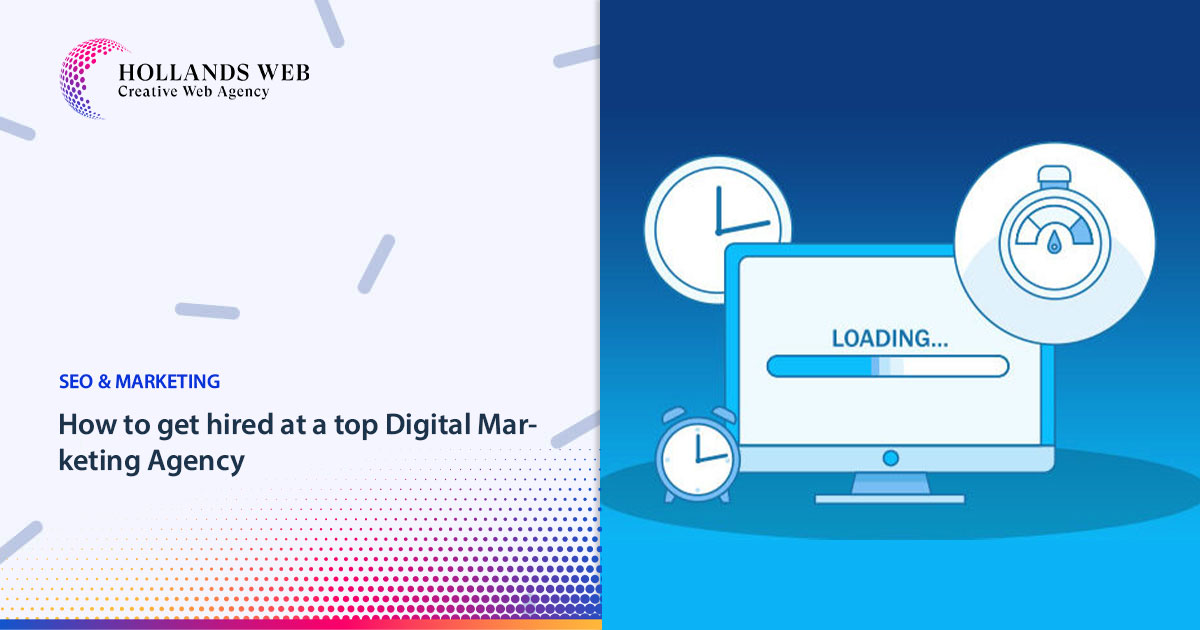




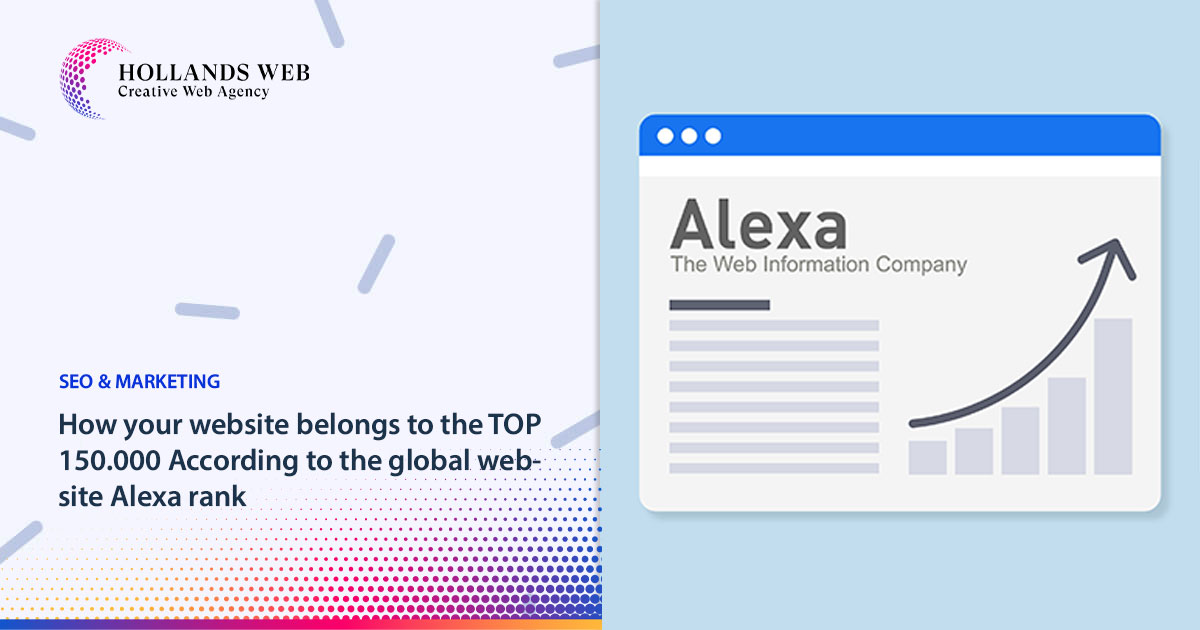
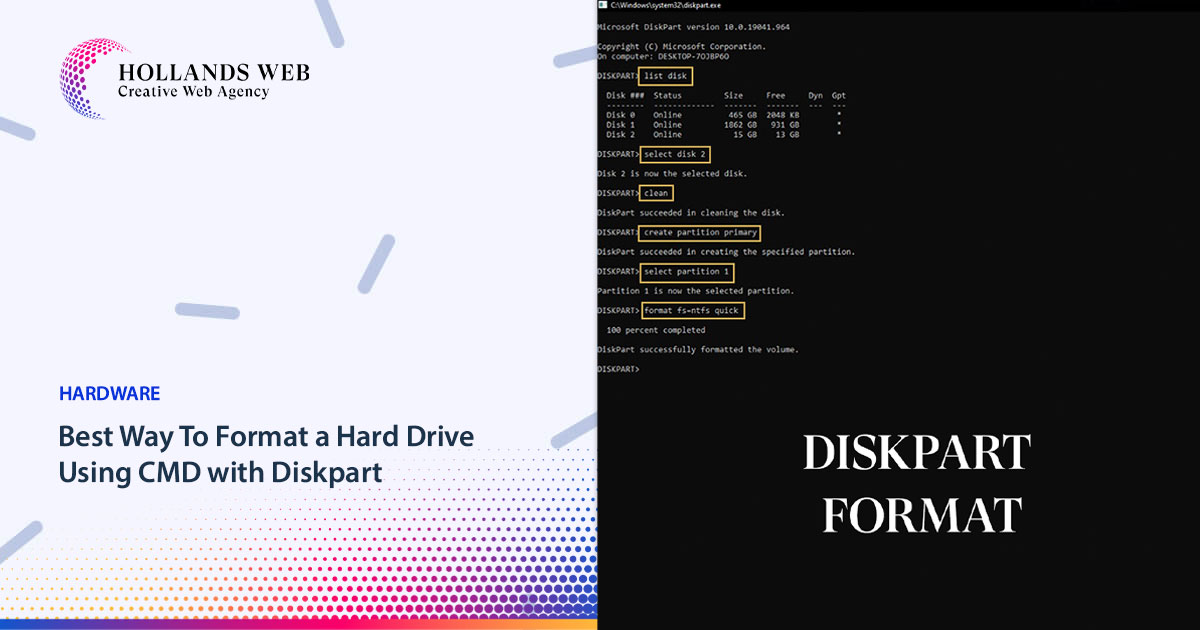
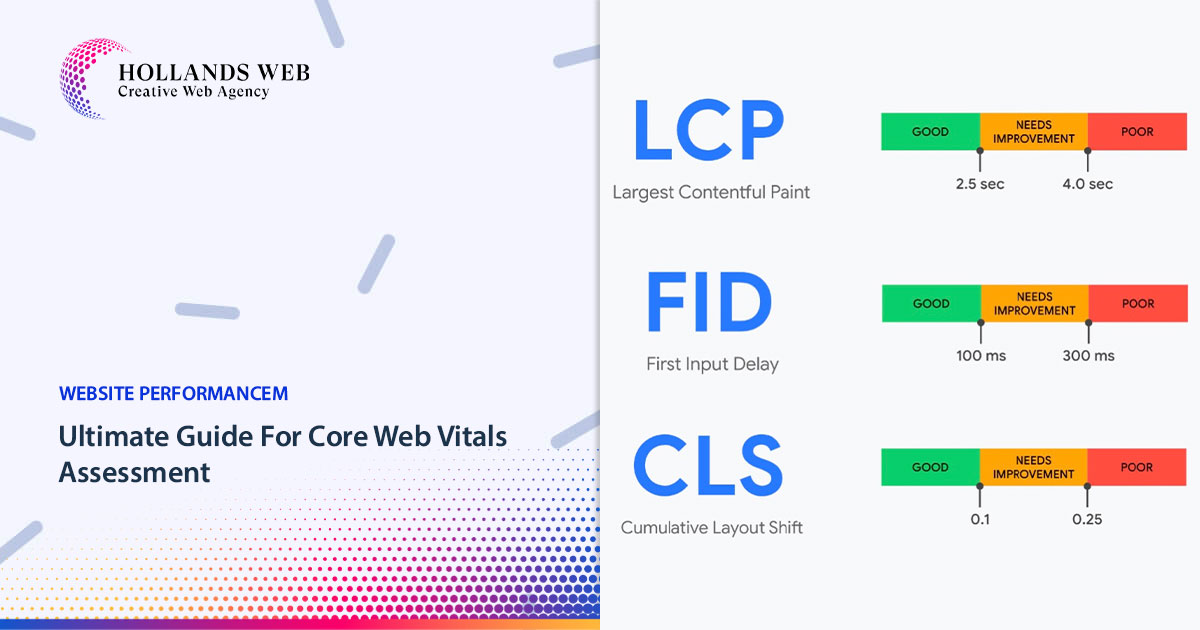
 Web Hosting
Web Hosting Web Designs
Web Designs Graphic Design
Graphic Design SEO
SEO Digital Marketing
Digital Marketing